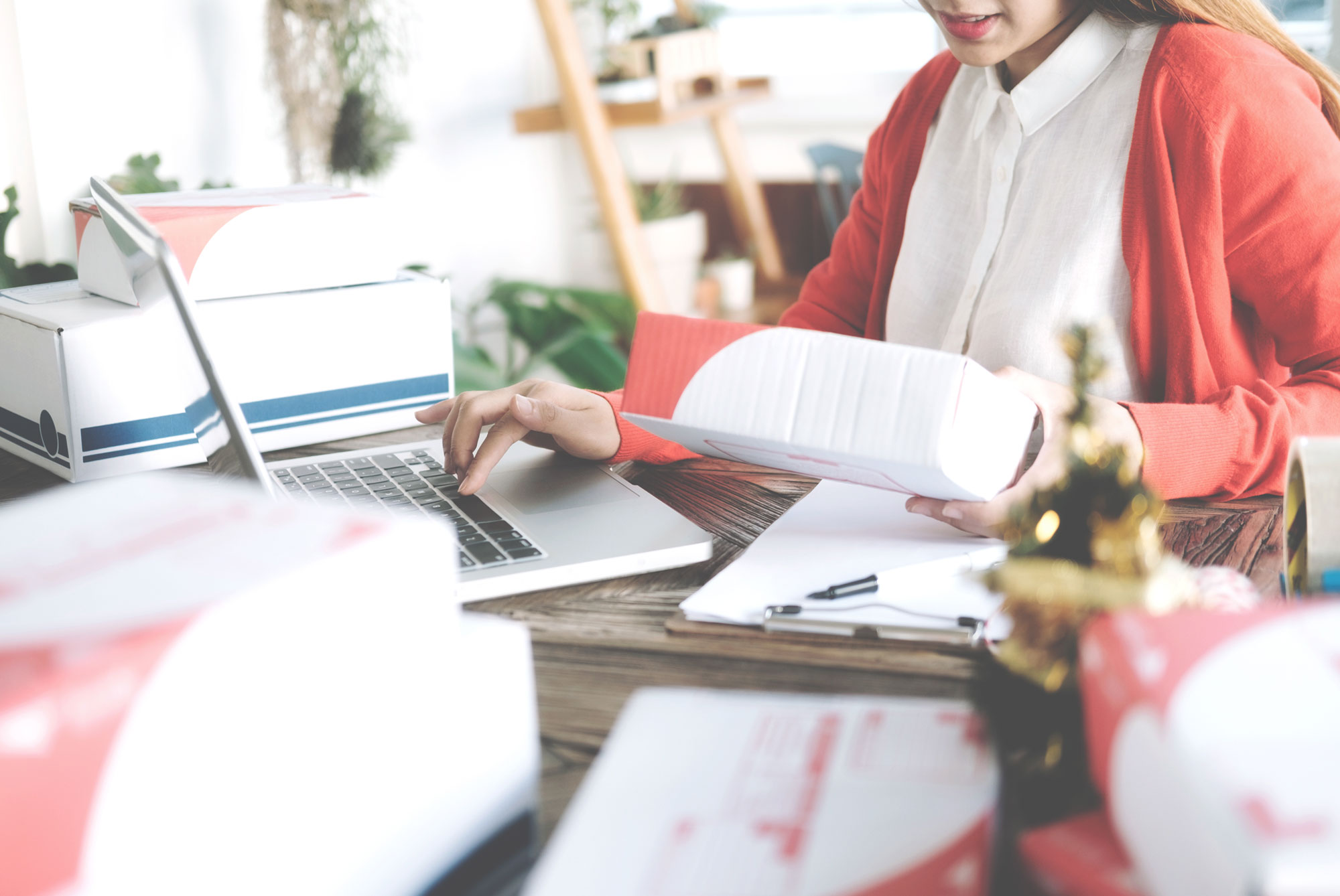
We live in a complicated world, where we’re told that things should last forever or at least enough to avoid waste, but at the same time seasonable products, events and trends are common headlines.
This conundrum also applies to seasonal products marketing, because teams usually have the task of achieving long term impact through ‘evergreen’ materials, or pieces and campaigns that can reach every type of customer at any time of the year. That’s a good strategy that, however, must be backed up by seasonal marketing efforts that change every year and that should pay attention to emerging trends.
That being said, isn’t all the whole year seasonal after all? Our fast consumer habits are always looking for the next big seasonal products list and opportunities, although that doesn’t mean that a brand or company should (or can) jump on the bandwagon of all festivities. If a company has enough resources, they could prepare a seasonal campaign for every holiday or special event, but they need to adapt their products to the occasion too, and study if it’s profitable. We need to admit it — there’re really A LOT of holidays and celebrating dates nowadays, and the expense could be enormous.
→ Learn more: How to protect your e-commerce site during Black Friday
You can find that the biggest seasons for e-commerce are Spring/Summer and Autumn/Winter, but then you can choose among a huge list of festivities, both religious and non-religious. So what’s seasonal for e-commerce or physical stores sales? Of course Christmas, Easter, Halloween, Summer sales and back to school period, but also Hanukkah, Chinese New Year, Thanksgiving, 5 de Mayo, the 4th of July, and marketed dates like Valentine’s Day, Black Friday, Cyber Monday, Mother’s or Father’s Day, and sport or cultural events like the Oscars or the Super Bowl.
You can even leave the comfort zone and try to celebrate lesser-known dates or World Day days, social or environment causes, or sporadic events that shock the world, like the death of a celebrity — but be careful with those. The key to a good seasonal campaign is always to be respectful and not try to exploit an advantage (remember the wrong move that Cheerios made when the pop star Prince passed away).
We give you the 5 steps for a successful seasonal marketing campaign:
1. What your clients celebrate
As we’ve pointed out before, it’s very important for any brand to study in the first place what their clients celebrate and cherish. You should know where are your customers from, what are their most typical and beloved holidays, if they’re more religious than non-religious people and what religions they practice, what are their ages, favorite trends, likes and dislikes.
All in all, the point is that your audience must feel engaged with your seasonal campaign. If your customer base is promptly Jewish, a Christmas themed campaign wouldn’t make any sense. If most of your clients are elder people, they would hardly buy gifts for Mother’s Day, and if your buyer persona is a young person that hates football, surely don’t go and invest all your budget in a Super Bowl seasonal product list.
And this advice is not only useful for your marketing resources management, but also for your brand’s image. If a company demonstrates that it keeps attention to their clients and what they value, your reputation will increase more than being a hungry and blind beast that wants its share in every marketed holiday.
2. Analyze last year’s best sellers
It’s always useful to take a look at the past now that you have all the data available. Analytics and metric tools offer valuable information about what went right and wrong in the past season, and you can learn a lot about your own case and your competitors’ actions.
"Study what products were last year’s best sellers, and why."
Study what products were last year’s best sellers, and why; what ads, styles, catch phrases and promo actions got better results, when related seasonal online searches and sales started and when seasonal shopping began to drop.
Look for a pattern that could help you planning your next schedule, but remember that a successful campaign does not copycat the past or the competition, it just gets inspired by them.
3. Search for this year’s trends
A song that keeps playing since last Summer? A social media meme that doesn’t seem to be fading? A new style that is all over the world and that you have also added to your seasonal products list?
We all have seen how every year new products attached to seasonal trends appear; the flamingo or avocado patterns, the feminist jumpers or the next Netflix hit. You’ll need some kind of official agreement and permission in order to use some of these trends for your seasonal products — you can’t just paste Beyonce’s face in your tumblers collection and sell them, but you can take advantage of trends that doesn’t involve famous people or copyrighted materials.
See what’s hot this year, specially if you are a fashion retailer or you need to restock some third party products. Your marketing team should follow your customers across all the channels they use: what do they like best this year? What products are more common in the whislists? Which Instagram images are more popular? Maybe this year’s trends are cinnamon candles, a certain type of Pantone color, oversize blazers, handmade ceramic mugs, reusable coffee cups…
Select your high contenders among your seasonal products list, and carefully study what emotions and sensations you want to associate to them in your campaign’s message and actions to encourage purchases.
→ Discover more: 5 tips for e-commerce seasonal campaigns
4. Apply promos or open a sales period
Yes, every customer is waiting for seasonal periods because of the price discounts. It’s the main bait for every campaign, and each new release or celebration should be accompanied by some kind of promo token. It doesn’t have to be a big discount in all your catalog’s products like during Summer or January sales — it can be a promo code for registered users or social media followers, free shipping for a couple of days, or a little gift for the first orders made during one date.
"With a PIM system, in just a few clicks you’ll lunch your seasonal products on time."
You need to encourage purchases this way because every year it’s more difficult to surprise and excite customers. Halloween and Christmas campaigns start earlier every year, and that can be discouraging and tiring for lots of people. You have to prepare your seasonal schedule well in advance and be ready to respect your time-to-market deadlines and goals, specially the kind of products, shopping operations and dates on which discounts are to be applied.
That’s why an automated managing tool is becoming more and more essential each year for e-commerce and retailers. Software systems like a Product Information Manager (PIM) can centralize all your catalog information and update your seasonal products data in real time, on the scheduled dates and across all your channels, totally error-free.
With a PIM system, in just a few clicks you’ll lunch your seasonal products on time and you'll take control over your stocks, sales processes and applied discounts, avoiding stressful holiday coordinations.
5. Join the party
When you have all your schedule and equipment ready, it’ time to spread the word!
Prepare all your marketing resources in advance and begin to give hints of your seasonal offers 1 or 2 weeks before launching. Try a newsletter, a blog posts series, a creative social media campaign (like advent calendars for Christmas season), a season-themed giveaway that gets customers involved, and of course some paid ads. You must try different but consistent ways of promoting your products, in order to study what works better and which platform is your audience’s favorite.
Keep an eye on everything after you’ve launched your seasonal products marketing campaign and rapidly adapt and readjust them to the clients’ reactions or competitors’ moves. Collect and save all the data you can for next year: where does your traffic come from, what pages have the best bounce rate, how many reviews do your products receive, and, in short, what everlasting knowledge you can learn this year for the next changing season.



.png?width=520&name=Blog%20Partner%20(3).png)

.png?width=520&name=Blog%20Partner%20(1).png)


